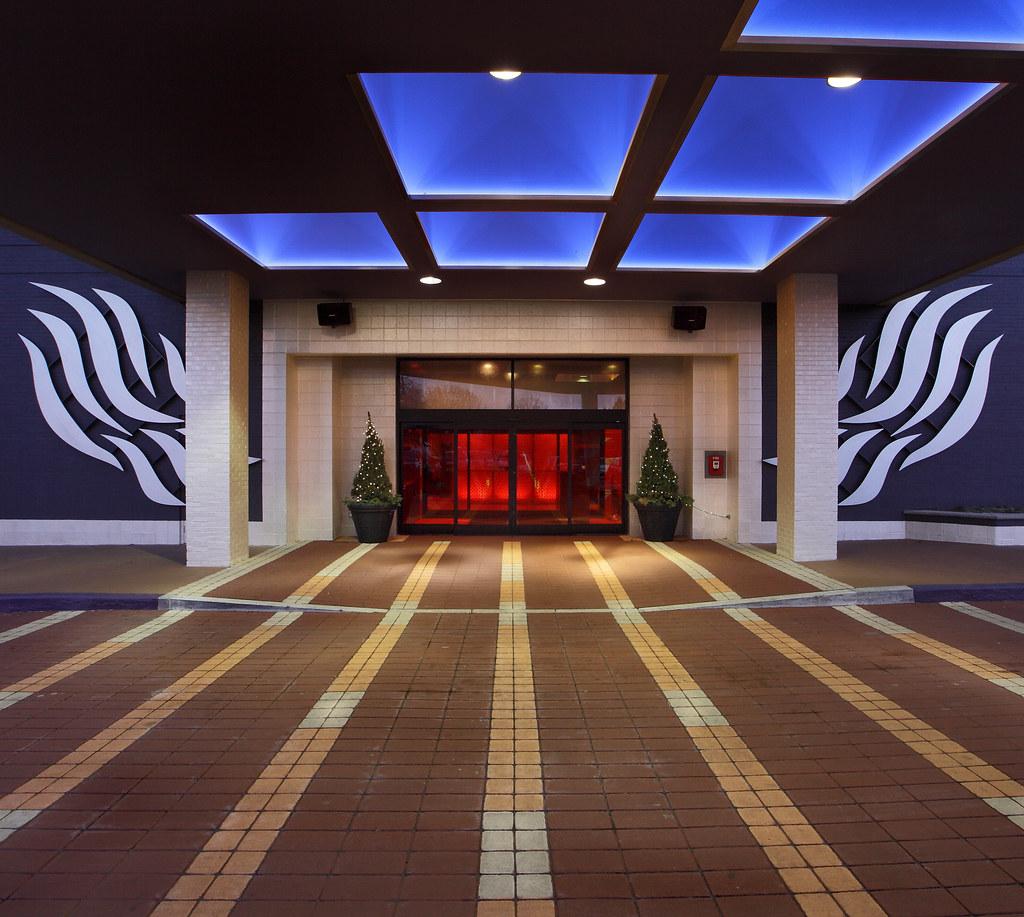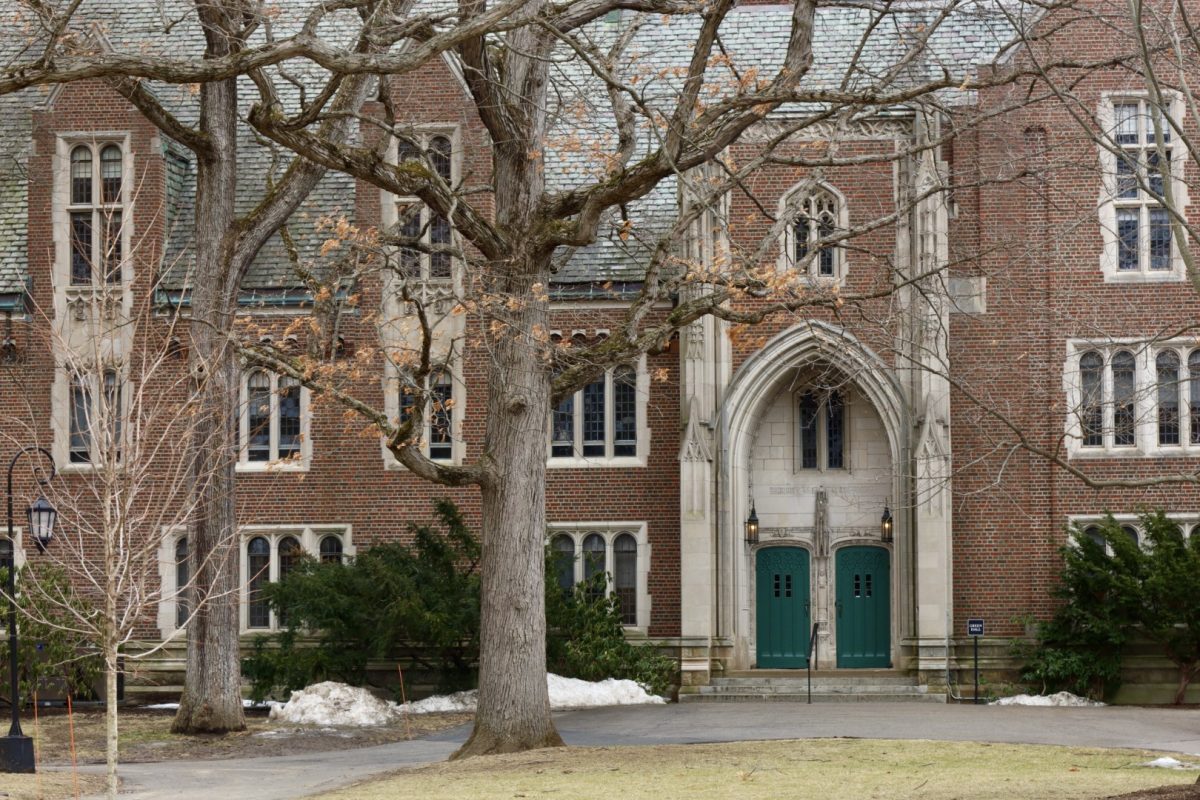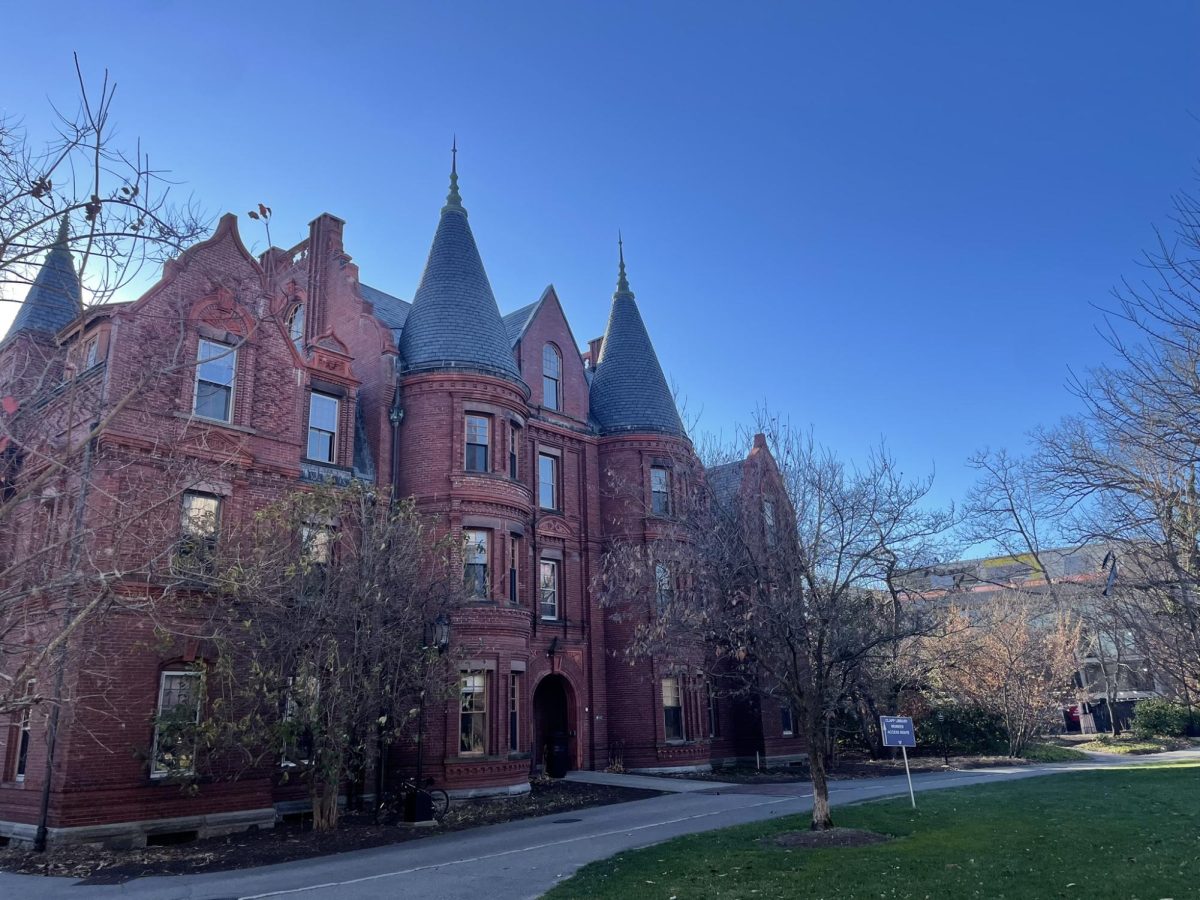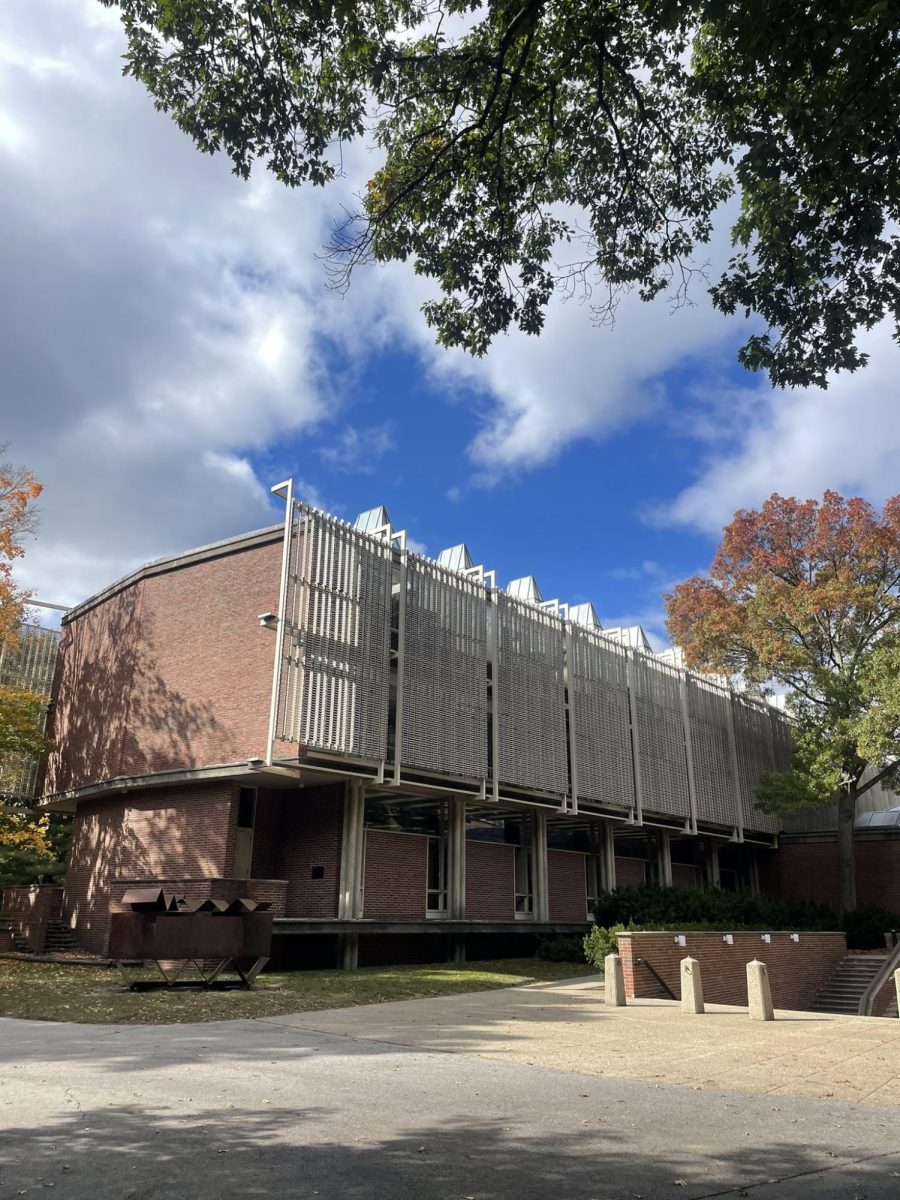Freezing temperatures, disruptions to air travel and a drastic increase in the omicron variant of COVID-19 did little to slow the move-in process for the Spring 2022 semester. Just over a week after nearly 1.5 million Americans tested positive for COVID-19 in a single day, more than two thousand students returned to Wellesley in the hopes of a tentatively in-person semester.
College President Paula Johnson announced in an email to the entire student population on Jan. 11 that the first week of classes, from Jan. 24 to Jan. 28, would be virtual, with in-person classes set to start on Jan. 31 just as US COVID-19 cases were projected to fall. Prior to arriving on campus, students were asked to isolate and test for COVID-19 at home. Additionally, to qualify for attending classes, students had to receive two negative individual PCR tests. A total of 22 students tested positive in between Jan. 23 and Jan. 29 and were promptly isolated in local hotels.
“I feel the quarantine process went really well,” Wendy*, who tested positive on Jan. 23 and returned to campus on Jan. 29, said. “I was able to drop my suitcase in my dorm and go straight to the hotel without exposing my roommate. [Afterwards], Wellesley shuttled us back to campus, and I just waltzed back to my dorm. Super easy.”
In contrast to the COVID-19 protocol of previous years, where students reported logistical issues such as having trouble receiving meals or unclear quarantine protocols and a lack of clear communication with the College, Wendy reported an overall positive experience.
“I was in regular communication with Wellesley admin,” Wendy said. “I was even set up with a mandatory check up with Health Services, and there were tons of informational Zoom calls or numbers and emails I could contact if I needed something.”
Other students, including Elaine Shao ’25, echoed Wendy’s positive sentiments about the well-structured move-in process this Spring.
“I think Wellesley did a great job … by sending students clear instructions in advance through email and also allowing students to sign up for a time of arrival,” Shao said. “[I feel that] having online school for the first week also helps students transition back into a new semester and get some rest from traveling back.”
While most students reported a smooth transition back to campus, there was some initial confusion among residential assistants (RAs), who returned to campus a few days before other students, due to the unclear testing schedules provided by the College.
“I didn’t get tested until the third day I arrived,” Connie Gu ’24, the RA for Stone second floor, said. “But I was busy with meetings, hall prep and organizing my room, so the quarantine wasn’t too bad.”
Furthermore, a Wi-Fi outage on the first day of the semester resulted in difficulty attending Zoom classes and a shutdown of the electronic systems for the COVID-19 testing centers, according to staff in the College Club. Combined with a shutdown of the Beebe testing center because of low staffing and students having to test on Monday due to their arrival after the Sunday testing hours, students reported lines in College Club lasting for as long as 40 minutes.
Among those returning to Wellesley was Samantha Bevers ’23, who spent the past semester abroad in London studying at Queen Mary University of London following a Term 4 study abroad in Jordan.
“The move-in process wasn’t special … there wasn’t anything about it that made it especially exciting,” Bevers, who has not been on campus for nine months, said. “There were more COVID restrictions, but that was what it was.”
According to Bevers, COVID-19 restrictions in Queen Mary are much more relaxed than that of Wellesley’s.
“[At Queen Mary], we were strongly suggested to have masks in our classes. But other than that you did not have to be masked in indoor spaces, resident halls [and there were no] restrictions on visitors as well as eating spaces,” Bevers said.
Unlike Wellesley, COVID-19 vaccines and twice a week testing were not mandatory, but only strongly recommended.
“I think [Wellesley’s strict rules] make sense in the sense that people should be tested twice to get two negative tests before we can kind of feel safe about people being maskless,” Bevers said. “What I don’t think does is that we can’t have visitors but people can go into Boston, can go to a party, see a significant other in Boston and they can contract COVID and come back to campus, but we can’t have a vaccinated visitor. These inconsistencies allow punctures in our Wellesley bubble.”
Despite worries about new COVID-19 outbreaks such as the one in Cornell last December that resulted in as many as 900 fully vaccinated students testing positive in a single week, students are optimistic for the future.
“I’m pretty excited about the new semester because my residents always put up new cute decorations on their door and I’m excited to see them,” Gu said.






